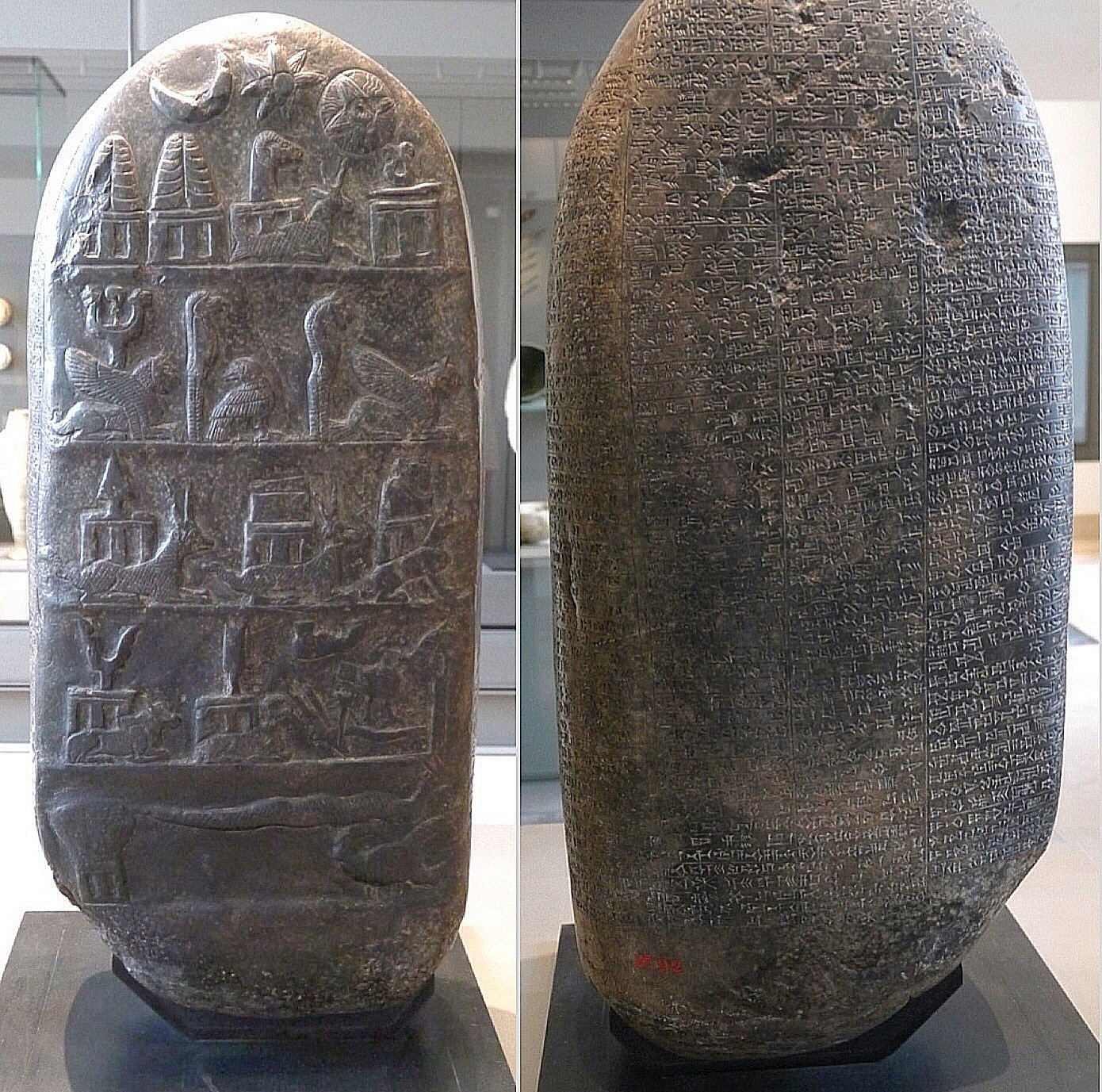Kudurru Of Melishihu – Stone Records From The Kassite Dynasty In Babylonia
A. Sutherland - AncientPages.com - “Do not move an ancient boundary stone set up by your forefathers,” says the Bible book of Proverbs 22:28.
Boundary markers for the property are a very old concept and the Babylonians had the so-called 'kudurrus', stone steles that were sculpted and carved with inscriptions. They were important not only for economic and religious reasons but also as almost the only works of art, which survived from the period of Kassite rule in Babylonia (c. 16th-c. 12th century BC).
A stone document called kudurru (Akkadian: "frontier," or "boundary"), was inscribed with records of land grants and gifts made by various kings of the Kassite dynasty.
The Kassites first appeared during the reign of Samsu-iluna (1749–1712 BC), son of Hammurabi of the First Babylonian Dynasty and after being defeated by Babylon, moved to control the city-state of Mari. Some kudurrus are kept in the Louvre in Paris and others in the National Museum of Iraq.
One of them is Kudurru of Melishihu relief made of gray limestone (H 0.65 m; W 0.30 m) and displayed at the Louvre, Paris, but it was brought from Babylonia to Susa Kassite Period (1202-1188 BC).
This kudurru is dated to the reign of King Melišipak (or alternatively Melišiḫu, who was the 33rd king of the Kassite or 3rd Dynasty of Babylon ca. 1186-1172 BC and he ruled for 15 years. The stone records a land grant to Marduk-apla-iddina, who was his son or successor.
It is worth noting that Meli means servant or slave, Šipak was a moon god, but Šiḫu was possibly one of the Kassite names for Marduk, patron God of Babylon.
On the front of the Kudurru, there is a depiction of the entire pantheon of gods who preserve the order of the world.
The artist has used a formula that was later to be developed on other kudurrus, presenting the symbols associated with each deity in hierarchical rows.
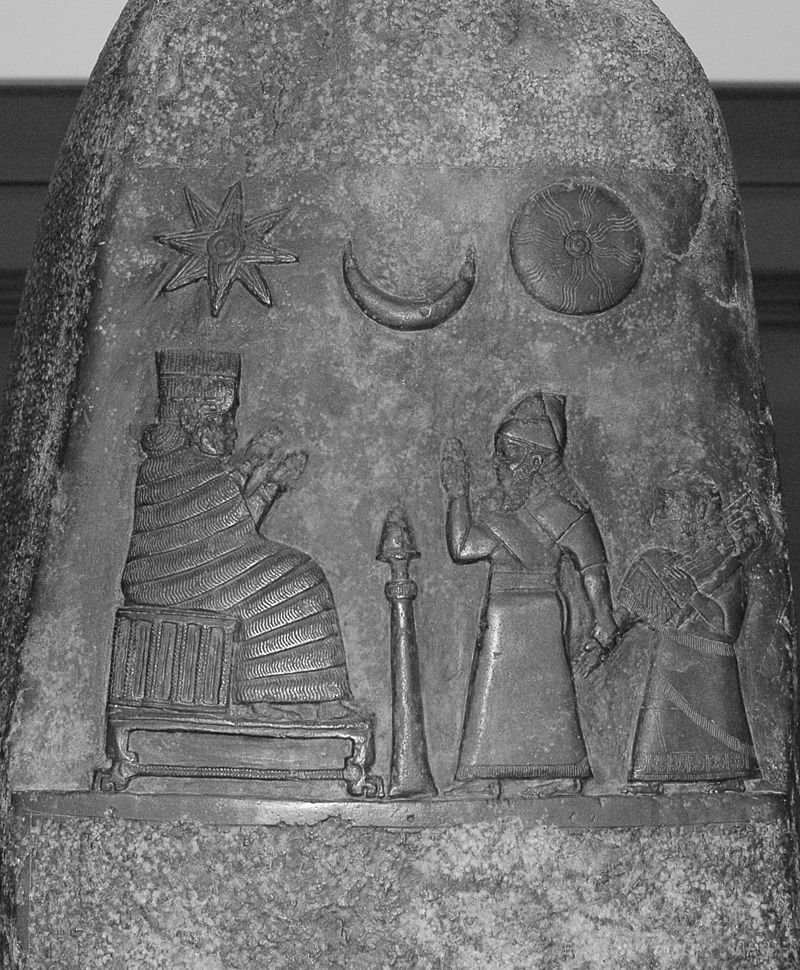
This is another Meli-Šipak-dated kudurru depicting the king presents his daughter to the goddess Nannaya. The crescent moon represents the god Sin, the sun the Shamash, and the star the goddess Ishtar. Kassite period, taken to Susa in the 12th century BC as war booty. Credits: Louvre/Wikipedia
These lists of donations were placed under the protection of the greatest possible number of gods, most often represented in their symbolic form and arranged according to the hierarchy of the pantheon.
However, at the top, are symbols of the three heavenly gods; Sin (moon), Shamash (sun), and Ishtar (Venus), in order of their position in the heavens, rather than their importance.
They were surpassed by the supreme triad:
Anu (sky), Enlil (air) symbolized by their horned crowns, and Ea (freshwater from the abyss), symbolized by a kind of sceptre carried by a goat-fish.
Below we find the emblems of several other gods; that of Marduk, patron god of Babylon, is identifiable as a pointed hoe placed on a stand and the serpent-dragon which guards the underworld of the god.
The same dragon carries the scribe's stylet, which is the emblem of Nabu, Marduk's son. These emblems were difficult to interpret, even for the ancients who sometimes inscribed the name of the gods symbolized next to the symbols themselves.
On the other side of the artifact, there is cuneiform writing describing the gift and the responsibilities to the king as a result of the gift. This is followed by a section calling down a divine curse on anyone who opposed the gift.
Thus, the gift was not only recorded and displayed for all to see but also placed under divine protection.
The original kudurrus were precious in Babylon and therefore, kept in temples where they would be visible to both worshipers and gods, while their clay replicas were given to the landowners to be placed on the land.
Written by – A. Sutherland - AncientPages.com Senior Staff Writer
Copyright © AncientPages.com All rights reserved. This material may not be published, broadcast, rewritten or redistributed in whole or part without the express written permission of AncientPages.com
Expand for referencesReferences:
MacKenzie, D. A. Myths of Babylonia and Assyria
G. Smith, The History of Babylonia
More From Ancient Pages
-
 Unusual 2,500-Year-Old Face Urns Reveal Garments, Appearance And Jewelry Of Prehistoric People
Archaeology | Nov 11, 2017
Unusual 2,500-Year-Old Face Urns Reveal Garments, Appearance And Jewelry Of Prehistoric People
Archaeology | Nov 11, 2017 -
 10 Ancient Shipwrecks And Several Underwater Artifacts Found Around The Island Of Kasos
Archaeology | Mar 14, 2024
10 Ancient Shipwrecks And Several Underwater Artifacts Found Around The Island Of Kasos
Archaeology | Mar 14, 2024 -
 Large Earthwork At Wichita Site In Kansas – Is It Long-Lost Native American City Of Etzanoa?
Archaeology | Sep 4, 2020
Large Earthwork At Wichita Site In Kansas – Is It Long-Lost Native American City Of Etzanoa?
Archaeology | Sep 4, 2020 -
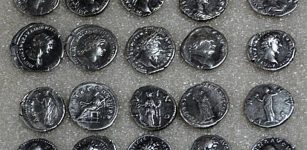 Bulgarian Archaeologists Find Nearly 3000 Coins In Clay Pot At Sofia Dig
News | Sep 8, 2015
Bulgarian Archaeologists Find Nearly 3000 Coins In Clay Pot At Sofia Dig
News | Sep 8, 2015 -
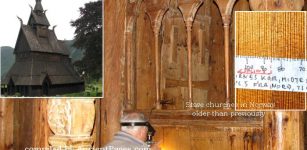 Medieval Wooden Stave Churches In Norway Are Older Than Previously Believed
Archaeology | Nov 8, 2019
Medieval Wooden Stave Churches In Norway Are Older Than Previously Believed
Archaeology | Nov 8, 2019 -
 Amazon Forest Communities Disappeared Long Before 1492 Arrival Of Europeans
Archaeology | Jun 19, 2019
Amazon Forest Communities Disappeared Long Before 1492 Arrival Of Europeans
Archaeology | Jun 19, 2019 -
 Stunning Reconstructions Shows What Colchester Looked Like During Roman Times
News | Jul 2, 2022
Stunning Reconstructions Shows What Colchester Looked Like During Roman Times
News | Jul 2, 2022 -
 Did Ancient Oshoro Stone Circle Serve As A Portal To The Spirit World?
Featured Stories | Aug 19, 2017
Did Ancient Oshoro Stone Circle Serve As A Portal To The Spirit World?
Featured Stories | Aug 19, 2017 -
 Mysterious Ancient Giant Jars Made By An Unknown Civilization Discovered In India
Archaeology | Mar 30, 2022
Mysterious Ancient Giant Jars Made By An Unknown Civilization Discovered In India
Archaeology | Mar 30, 2022 -
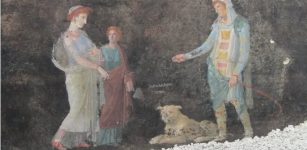 Amazing New Frescoes With Mythological Individuals Discovered At Pompeii
Archaeology | Apr 11, 2024
Amazing New Frescoes With Mythological Individuals Discovered At Pompeii
Archaeology | Apr 11, 2024 -
 Study Of Ancient Skulls Sheds Light On Human Interbreeding With Neandertals
Archaeology | Aug 23, 2022
Study Of Ancient Skulls Sheds Light On Human Interbreeding With Neandertals
Archaeology | Aug 23, 2022 -
 Babylon Excavation Uncovers 478 Artifacts, Including Cuneiform Tablets and Seals
Archaeology | Oct 17, 2024
Babylon Excavation Uncovers 478 Artifacts, Including Cuneiform Tablets and Seals
Archaeology | Oct 17, 2024 -
 Has A 12,000-Year-Old Underwater City Been Discovered Off The Coast Of Louisiana?
Archaeology | Mar 9, 2022
Has A 12,000-Year-Old Underwater City Been Discovered Off The Coast Of Louisiana?
Archaeology | Mar 9, 2022 -
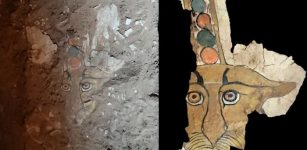 Rare Ancient Leopard Painting Discovered On Sarcophagus In Aswan, Egypt
Archaeology | Feb 25, 2020
Rare Ancient Leopard Painting Discovered On Sarcophagus In Aswan, Egypt
Archaeology | Feb 25, 2020 -
 Ancient Recycling Technology Modern World Still Hasn’t Invented
Ancient Mysteries | May 5, 2018
Ancient Recycling Technology Modern World Still Hasn’t Invented
Ancient Mysteries | May 5, 2018 -
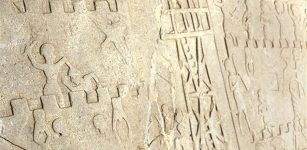 Harput Relief: 4,000-Year-Old Artifact Pushes Back History Of Region By 1,000 Years
Archaeology | Mar 23, 2017
Harput Relief: 4,000-Year-Old Artifact Pushes Back History Of Region By 1,000 Years
Archaeology | Mar 23, 2017 -
 On This Day In History: British Forces Captured Gibraltar – On August 3, 1704
News | Aug 3, 2016
On This Day In History: British Forces Captured Gibraltar – On August 3, 1704
News | Aug 3, 2016 -
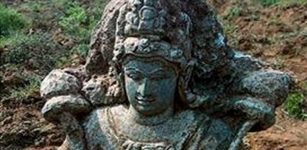 10th Century Sculpture Of Sun God Surya Accidentally Found In Farmland In Andhra Pradesh
Archaeology | Nov 16, 2020
10th Century Sculpture Of Sun God Surya Accidentally Found In Farmland In Andhra Pradesh
Archaeology | Nov 16, 2020 -
 Stone Age Humans Unlocked The Glucose In Plants 40,000 Years Ago
Archaeology | Apr 1, 2020
Stone Age Humans Unlocked The Glucose In Plants 40,000 Years Ago
Archaeology | Apr 1, 2020 -
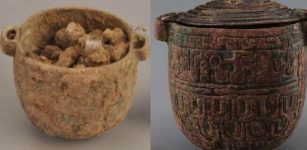 2,700-Year-Old Face Cream For Men Found In Chinese Tomb
Archaeology | Feb 10, 2021
2,700-Year-Old Face Cream For Men Found In Chinese Tomb
Archaeology | Feb 10, 2021

